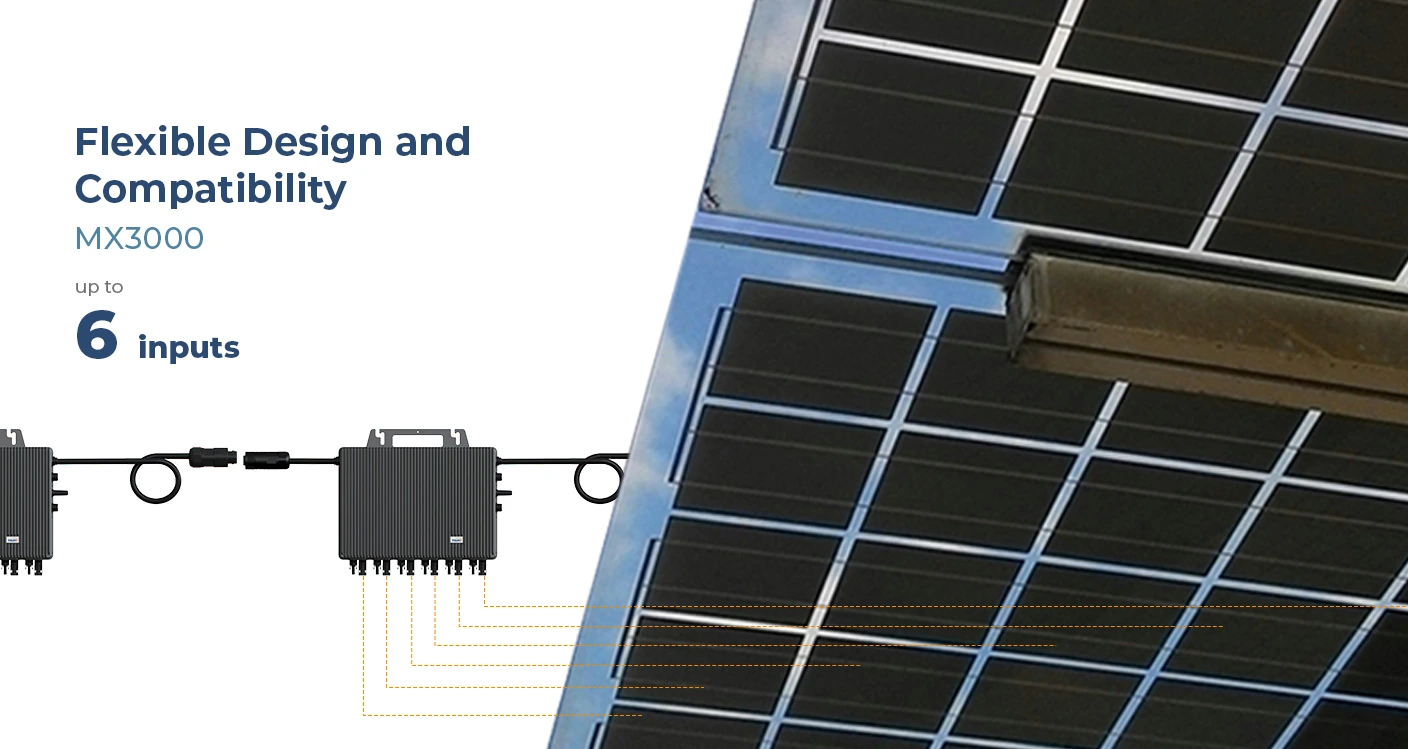Investing in solar energy is a commendable decision for anyone looking to reduce their carbon footprint and electricity bills. Among the various components within a solar system setup, the combination of solar panels with microinverters is emerging as a preferred choice for many homeowners. This piece will delve into the intricacies of this system, particularly focusing on price, balancing outlay against potential savings, and why it's a commendable investment backed by real-world expertise.

One notable advantage of opting for solar panels with microinverters is their ability to optimize individual panel performance. Unlike traditional string inverters, which are subject to the limitations imposed by the weakest-performing panel, microinverters allow each panel to operate to its fullest potential. This is especially significant in installations where panels might experience varying degrees of shading throughout the day. From an experiential standpoint, homeowners who have made this switch share tangible benefits, noting up to 25% improvements in energy harvesting.
When considering the upfront cost, solar panels paired with microinverters typically present a higher price tag than those using traditional string inverters. However, it’s crucial to examine this price through a lens of long-term value rather than immediate cost. Initial estimates suggest a 10-20% increase in setup costs when incorporating microinverters. Yet, this difference is mitigated over time as homeowners experience greater energy efficiencies leading to substantial savings on energy bills.

To exemplify the financial prudence, let's break down a typical scenario. Imagine a residential installation costing $15,000 with string inverters; the same setup using microinverters might cost around $18,000. Over the lifespan of the panels, typically about 25 years, the enhanced output provided by microinverters can potentially recoup or even exceed the extra initial investment. Users report reducing their electricity bills by $100 to $200 per month, which translates into substantial savings over time.
solar panel with microinverter price
Expertise in the field consistently underscores the reliability of systems integrated with microinverters. Since each panel is independently optimized, the system doesn’t falter when a single panel underperforms or fails. Maintenance is more straightforward—it’s easier to pinpoint and manage issues with individual panels, which augments long-term operational stability. Additionally, manufacturers often provide extensive warranties for microinverters, signaling confidence in their durability and performance.
Authority in solar energy solutions also recognizes the inherent safety benefits presented by microinverter systems. Traditional string inverters operate on high-voltage direct current (DC), presenting potential safety risks like electric shocks or fire hazards. Conversely, microinverters convert power at the panel, immediately producing a lower-voltage alternating current (AC), which is much safer and in compliance with many local safety regulations. This aspect cannot be overstated, particularly for residential setups where safety is a top priority.
Trustworthiness is an indispensable facet when discussing the financial implications of adopting solar technology. Reliable financial projections backed by thorough analysis consistently demonstrate the cost-efficiency of microinverter systems despite their initially higher costs. Numerous case studies and user testimonials confirm performance reliability and economic savings, reinforcing trust in this technology.
In summary, the hybrid deployment of solar panels with microinverters presents an appealing alternative for homeowners and businesses looking to optimize their solar investments. While the initial expenditure may be higher, the long-term benefits, coupled with real-world performance testimonials and expertise-backed data, make it a judicious choice for those committed to sustainable and economically sound energy solutions. The authority and trust earned by these systems over years of use highlights their value proposition, ensuring they remain not only a wise investment but also a step forward in energy modernization.
 LEARN DETAILS
LEARN DETAILS



